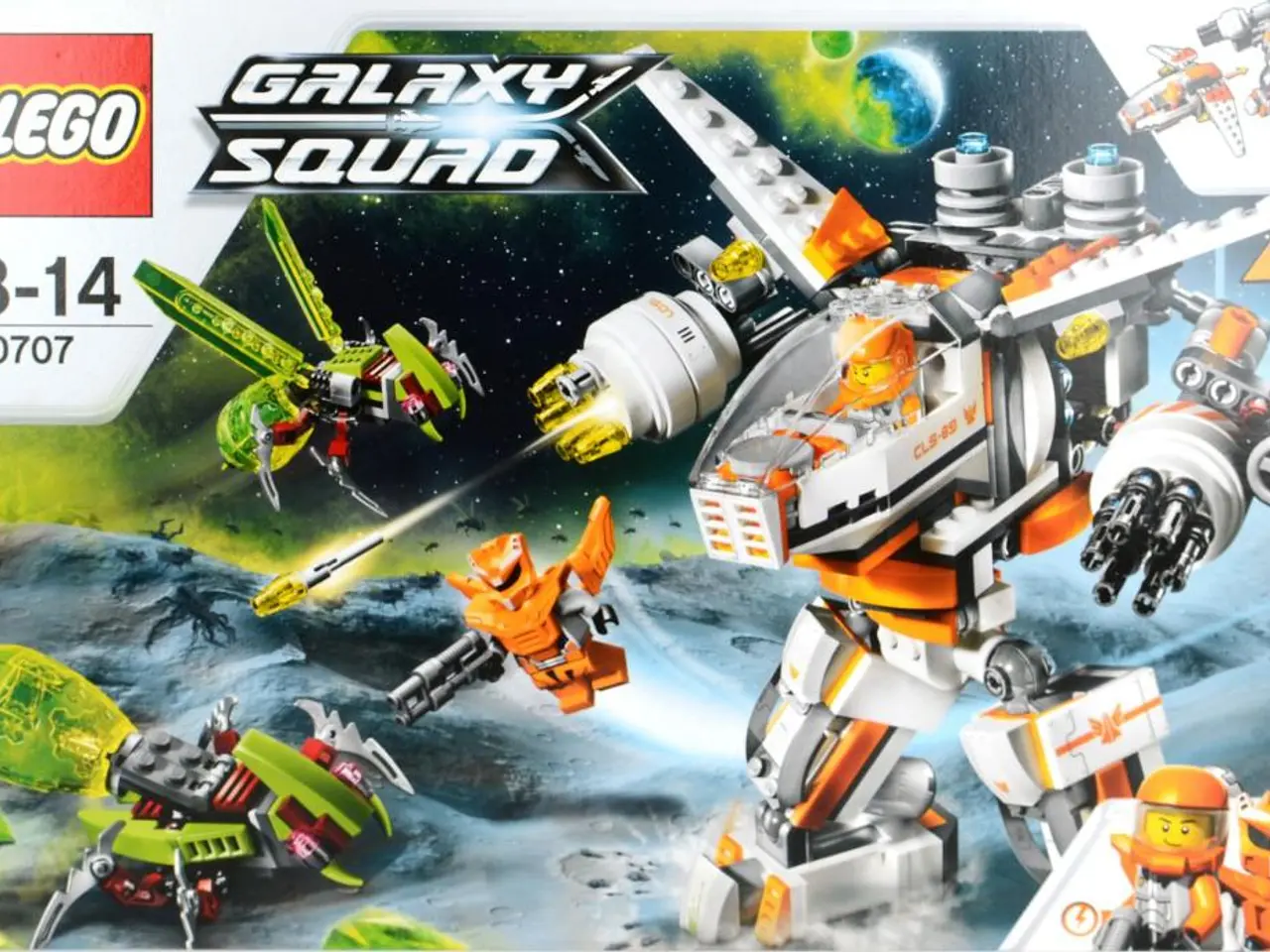Company Plans to Exchange Brain Data and Compete with Artificial Intelligence Through Data Uploading and Downloading in the Digital Sphere
Neuralink, a neurotechnology venture led by Elon Musk, is pushing the boundaries of science with its brain-computer interface (BCI) technology, inspired by the concept of "neural lace" from Iain M. Banks' science fiction novels. The goal is to create advanced devices that would enable humans to control computers and digital interfaces with their thoughts, potentially restoring lost sensory or motor functions and enhancing human cognition beyond natural limits.
**Clinical and Technical Milestones**
In a significant regulatory milestone, Neuralink received U.S. Food and Drug Administration (FDA) approval for human clinical trials in May 2023. Three humans have been implanted with the device as of January 2025, with the first participant, Noland Arbaugh, a quadriplegic, demonstrating rapid progress within a week of surgery. However, technical hurdles have emerged, with up to 85% of the implant's neural "threads" retracting into brain tissue after one month, drastically reducing performance.
Neuralink plans to implant devices in 20-30 additional participants and has enrolled more patients, including RJ, a paralyzed military veteran, who can now control smartphones and televisions using brain signals alone. The company also announced the "Blindsight" project in September 2024, aiming to restore vision by bypassing damaged retinal pathways through direct stimulation of the visual cortex, and received FDA Breakthrough Device designation for this effort.
**Industry Context**
The field of neurotechnology is diversifying, with both invasive and noninvasive BCI approaches. Companies like Synchron and Neuralink are leading on the invasive front, while others focus on noninvasive solutions. The technology is still in its early stages, with significant adoption barriers, but progress is accelerating as both clinical data and engineering improve.
**Potential Implications of Neural Lace Technology**
The neural lace technology's ability to deliver precise electrical pulses that mimic brain signals could revolutionize rehabilitation for stroke victims, spinal cord injuries, and neurological disorders. Beyond medical applications, future iterations could enhance cognitive abilities, memory, or enable direct brain-to-brain or brain-to-computer communication, paralleling Musk's science fiction inspiration. The ultimate vision is for humans to seamlessly interact with digital systems at the speed of thought, potentially changing how we work, learn, and communicate.
**Challenges and Ethical Considerations**
Despite its promising potential, the neural lace technology faces significant technical, ethical, and regulatory challenges. Device longevity, biocompatibility, and reliability remain substantial hurdles. The experience with Noland Arbaugh shows that even successful initial trials can face setbacks due to biological responses or hardware issues. Widespread adoption raises concerns about privacy, autonomy, and the societal implications of merging human cognition with artificial intelligence and digital networks. Continued patient safety, transparent clinical reporting, and ethical oversight will be critical as the technology scales up.
**Summary Table: Neuralink’s Neural Lace Technology Progress**
| Aspect | Progress as of Mid-2025 | Potential Implications | |--------------------------|-----------------------------------------|------------------------------------------| | Human Trials | 3 implanted, 20–30 more planned | Medical applications for paralysis, blindness, and more[1] | | Milestones | FDA approval, patient use cases online | Direct brain control of digital devices[1] | | Challenges | Device retraction, adapting software | Ongoing need for reliability and safety[1] | | Future Directions | Blindsight project, functional restoration | Human enhancement, brain-computer symbiosis[1][5] | | Broader Industry | Rapid innovation, competition | Diversification and new BCI applications[3] |
- The field of medical-conditions related to neurological-disorders may see significant advancements with the development of Neuralink's technology, as the AI-driven brain-computer interface (BCI) could potential restore lost sensory or motor functions, and even enhance human cognition.
- The integration of technology like Neuralink's AI-driven BCI devices could lead to an artificially enhanced health-and-wellness field, with potential applications in areas such as rehabilitation for conditions like stroke and spinal cord injuries, as well as enabling direct brain-to-brain or brain-to-computer communication.
- As companies like Neuralink progress in creating advanced AI-driven neural technologies, it is crucial to consider ethical implications and address challenges such as device longevity, biocompatibility, privacy concerns, and societal shifts that may arise from merging human cognition with artificial intelligence and digital networks.




